Copyright 2020 - 2021 irantour.tours all right reserved
Designed by Behsazanhost
Iran Deserts A Different beauty
Iran Deserts A Different beauty
Desert is a familiar word for Iranians. This word always reminds us of an arid area with few plants. Where you can hardly find water and the living conditions are intolerable. Iran is situated on a high-altitude plateau surrounded by connected ranges of mountains. The well-known deserts of Iran are in two major regions:
1) Dasht-e-Kavir, and 2) Kavir-e-Lut. They are both some of the aridest and maybe hottest areas of their kind in the world.
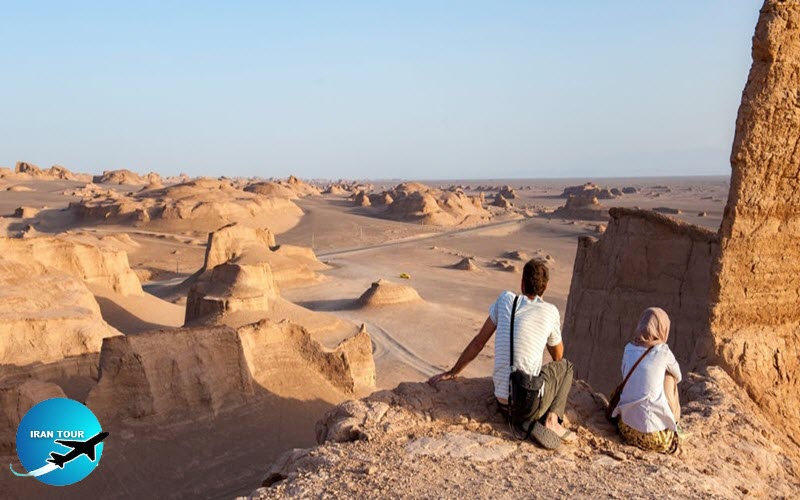 |
-Iran plateau
The center of Iran consists of several closed basins that collectively are referred to as the Central Plateau. The average elevation of this plateau Is about 900 meters (2,953 U, but several mountains of this plateau exceed 3,000 meters (9,813 ft). The eastern part of the plateau is covered by two small desserts, the Dasht e Kavir (Great Salt Desert) and the Dasht-e Lut. Except for some scattered oases, these deserts are uninhabited. Iranian Kavirs (deserts) have attracted special interest and may be unique in the variety of their composition and surface types. They offer a prospect of desolate waste that extends almost continuously from within 50 km of Tehran to Afghanistan and the Persian Gulf.
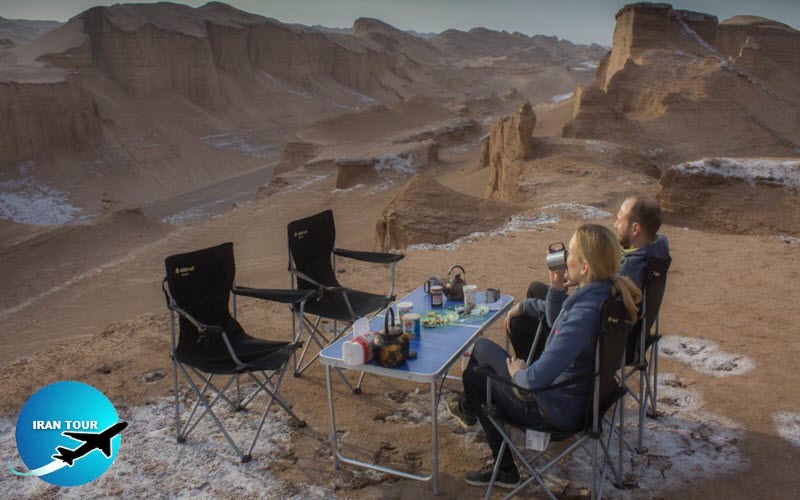 |
Dasht-e Lut (The hottest place on Earth) Here it is the hottest place on Earth. Iran's Lut Desert, an area so parched and desolate that no one is around to regularly monitor temperatures. (What a dreadful job that would be.) Though maintaining a weather station Is Impractical in the Lut, a NASA satellite equipped with a moderate resolution imaging spectroradiometer (MODIS) was able to measure temperatures here from space, during a seven-year study. In five of those years - 2004, 2005, 2006, 2007, and 2009 — the hottest spot on Earth could be found in the Lut. In 2005, a temperature of 1593 degrees Fahrenheit was measured, the highest reading ever officially confirmed for a location on Earth.
 |
Dasht-e Kavir (Great Salt Desert) Dasht-e Kavir (Central Desert), also known as Kavir e Namak or Great Salt Desert is a large desert lying in the middle of the Iranian Plateau. It is about 800 kilometers (497 mi) long and 320 kilometers (198 mi) wide with a total surface area of about 77,600 km (-30,000 mi). The area of this desert stretches from the south hillside of the Alborz mountain range in the northwest to Dasht-e Lut ("Emptiness Desert) in the southeast and is partitioned between the Iranian provinces of Khorasan, Semnan, Tehran, Isfahan, and Yazd. It is named after the salt marshes (Kavir) located there. The Dasht e Kavir's climate is almost rainless and the area is very arid. Temperatures can reach 50 °C in summer, and the average temperature in January is 22 °C. Day and night temperatures during a year can differ up to 70°C. Rain usually falls in winter. Among the driest places on the planet, it receives an average of only 1.2 inches (3 centimeters) of rain a year. Certain areas of the desert reportedly receive no rain. Extremely barren, the desert contains the only region free from any life, including the existence of bacteria, on Earth!
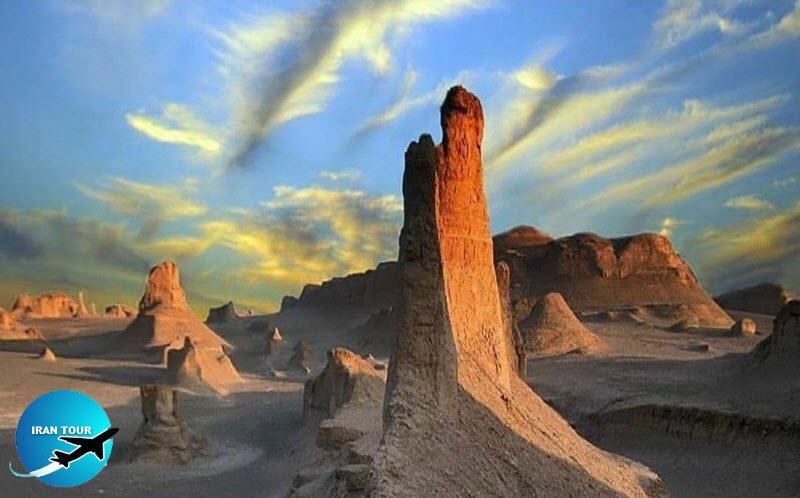 |
Kalout (Yardang) A yardang (Kalout) is a topographical feature that has been carved out of a surface by the wind. The word is derived from the Turkic word yar, which means ridge or steep bank. On Earth, they are most commonly found in deserts where there is a sand supply, which abrades the surface when moved by the wind, and soft sedimentary rocks that the sand easily erodes. Over time, the sand wears down the surface into beautiful streamlined shapes that are aligned with the prevailing sand-moving winds. Iran is famous for mega yardangs in Shahdad, Kerman, where thousands of tourists visit every year. In the western part of Dasht-e Lut lie some of the world's most prominent yardangs. Rising up to 282 feet (80 meters), these streamlined ridges have been carved by the wind out of the silty clay and sand lining the desert floor. Lying parallel to the prevailing north-north-west winds, the yardangs are separated by troughs measuring 330 feet (100 meters) or more. The crests or summits of the largest of these yardangs are rounded or flat; all others are narrow.
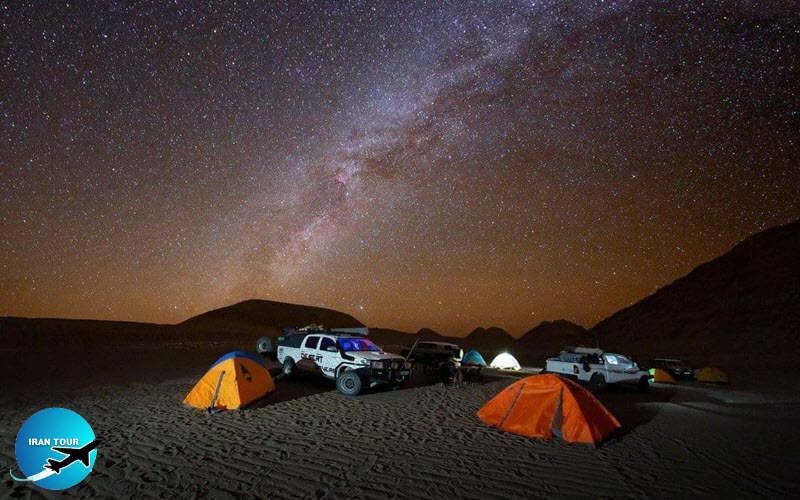 |
Living Situation in the Deserts It is always water that determines life situations everywhere. Again it is the only water that helps plants grow and people stay in an area within the desert. Water is not easily accessible at every corner of the deserts. Life goes on in the areas where water can be found in springs or through the ancient technique of making underground aqueducts called Kariz (Qanat). At times, semi-deep wells are dug to get water. So, desert dwellers make the most of the minimum water they get. Local people use highly tolerant animals, camels, to travel through the desert. Usually, vine or similar trees with deep-going roots are planted so that they could survive.
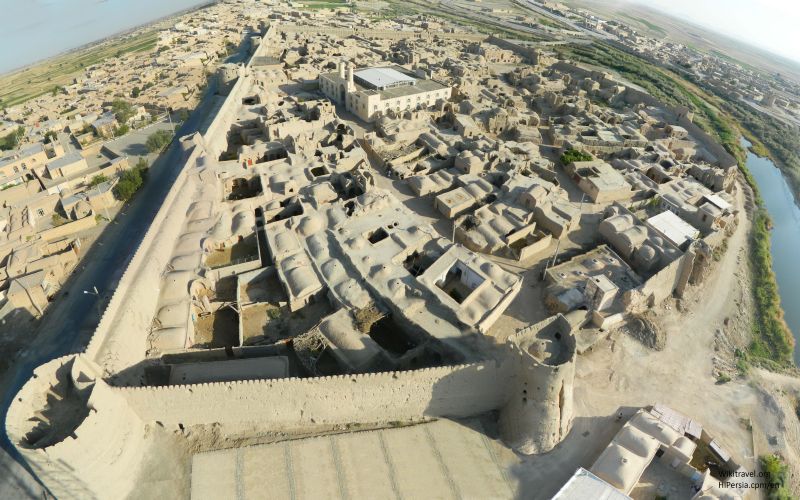 |
-Making a Living in the Deserts
People live only in oases on small scales and they rely on farming, herding animals, and migrating. They have to plant wheat, barley, fruit trees, and like. In some areas, farming is also in vain. So, they have to make a living just by herding cattle. When neither of the above helps, they have to migrate somewhere else in search of better living conditions.
-Accommodation & Clothing
Sun-dried brick, raw mud, and in some areas a limited quantity of stone are the only constructional materials used to build houses Walls have to be built very thick for the sake of insulation and roofs have to be built in a cupola or vaulted form to last longer. People are usually dressed in bright colors and clothing is mostly made of cotton. They are loose and long unless people are influenced by the city dwellers' culture.
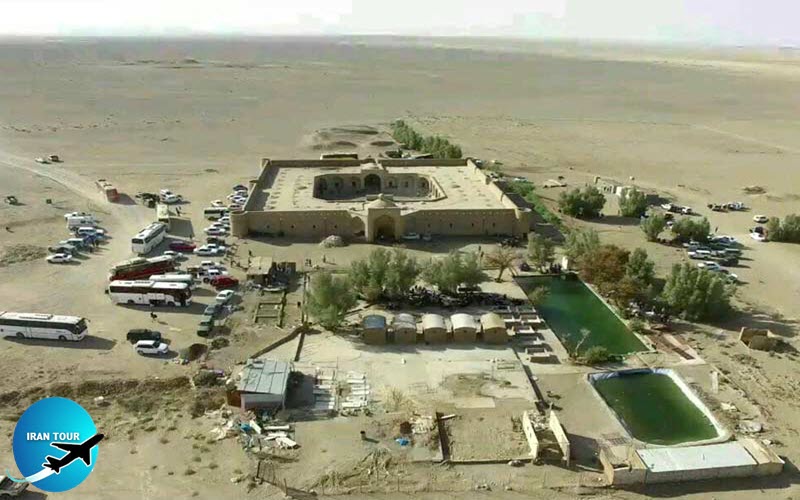 |
-Maranjab Desert & Caravansari
The Maranjab Desert is located in the city of Aran Va Bidgol, one of the ancient desert cities of Isfahan province. It is also close to Kashan. The Maranjab Desert is a place that takes one's glance to eternity Becoming deeply impressed by the scenery of moving sands and salt lake, seeing Maranjab caravanserai, examining rare plants, and seeing strange animals and awesome sky at night are among the motivations that prompt the lovers of natural geography to embark on a trip to this desert.
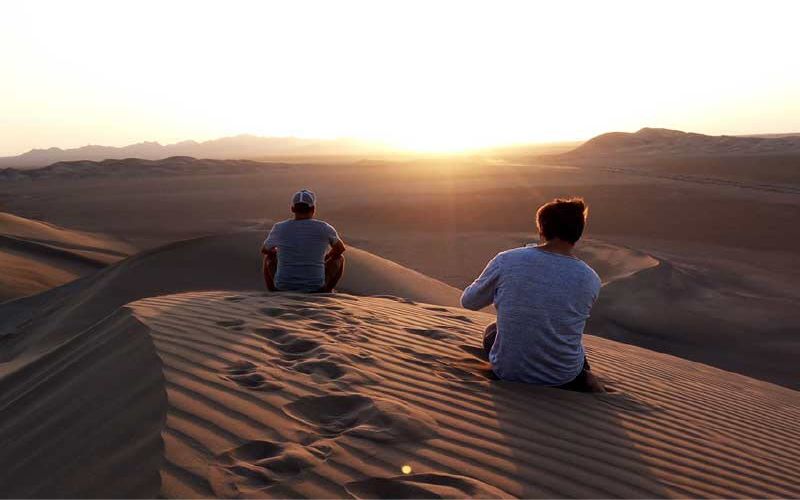 |
-Mesr desert
Mesr is in the far east of Isfahan (province) in Central Iran. It is basically 420 km far from Isfahan city, and 371 km far from Yazd. Mesr is a desert and also an oasis located in the central desert of Iran, (known as Dashte Kavir in Persian). The central mountain ranges of Iran which are predominantly isolated oasis-type mountains that run through the desert territory of Iran are close by. The town's only water source and therefore lifeline comes from a spring that flows out of the foothills of the aforementioned mountains quite close to the heart of the village. This is the only source of life for the gardens and date palm orchards that make this oasis such a special place. Watching sunsets and stars are very encouraged in this region.
- Details
- Category: What to see in IRAN